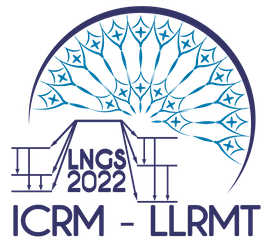Speaker
Description
Many nuclear facilities around the world must be decommissioned in the near future. This process requires the correct management of the samples in order to know which samples need to be stored in a deep geological repository, which ones need to be temporary stored and which ones can be treated as common materials. In order to do that, is necessary the characterization of the radionuclides presents in a high amount of samples. For gamma emitters this measurement is already solved, but for alpha and beta emitters, it is necessary to develop fast and selective methods of analysis. Among the beta emitters, 99Tc is a key element in the characterization of the radioactive wastes, as is a fission product of uranium, present in significate quantity, with a long half-life.
One of the waste management scenarios includes the characterization on the field. In this case, a fast measurement would allow an in situ decision of the classification of the material or if further studies are needed. In this sense, the objective of this work is to develop a fast method for the measurement of 99Tc based on the use of PSkits. The PSkits are scintillation vials that include in its structure, a plastic scintillator foil, coated with a selective extractant, in this case, Aliquat·336. These PSkits allows a fast measurement just shaking the sample in the PSkit, pouring the solution and finally measuring the PSkit directly in a scintillation detector.
For this study, the synthesis of the foils was optimized in terms of vial support, proportion of crosslinker and porogen obtaining that the use of a plastic vial, proportions 32:1 and 2:1 (St:DVB in molls) and the use of heptane as porogen produce the best results in themrs of detection efficiency and also foil synthesis.
Also, the conditions for the PSkit use were also studied. These included the contact time, the shaking method and the rinsing conditions, being a gentle stirring and a contact time of the sample in the PSkit of 10 minutes enough to obtain retentions around 80% and detection efficiencies around 50% with low retentions of the common radiometric interferences of 99Tc.
Finally, the established procedure was applied to the measurement of synthetic samples, that simulates real wastes, to validate the applicability of the method.

